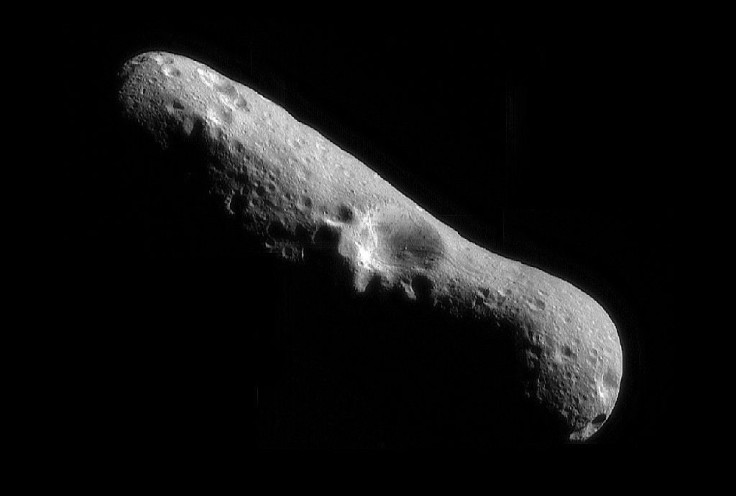NASA Asteroid Alert: 128-Foot NEO To Zip Past Earth On Halloween

NASA’s asteroid tracking system has spotted a space rock that’s currently moving towards Earth. If the approaching asteroid ends up colliding with the planet, it would create a huge explosion in the sky on Halloween.
According to NASA’s Center for Near Earth Object Studies (CNEOS), the approaching asteroid has been identified as 2019 UJ3. As indicated in the agency’s database, this asteroid is currently moving towards Earth at an average velocity of 19,215 miles per hour. The agency estimated that 2019 UJ3 has a diameter of around 128 feet.
CNEOS noted that 2019 UJ3 is an Apollo asteroid. Like other asteroids that belong to this family, 2019 UJ3’s orbit is very wide and covers the Sun and the Earth. From time to time, Apollo asteroids like 2019 UJ3 intersects the orbit of Earth.
This means that the asteroid has a chance of colliding with Earth during its near-intersections with the planet. Based on the asteroid’s size and current speed, it will most likely not reach the ground if it ends up on a collision course with Earth. Instead, the asteroid will probably burn up in the atmosphere and create a huge explosion in the sky.
However, this doesn’t automatically mean that 2019 UJ3 is completely harmless. After all, it’s almost twice as big as the asteroid that detonated over Chelyabinsk Oblast in Russia in 2013. That asteroid, which was about 66 feet wide, exploded at an altitude of 97,000 feet. The energy from the explosion was equivalent to about 30 atomic bombs.
Although a huge percentage of the explosion’s energy was absorbed by Earth’s atmosphere, it was still powerful enough to cause significant damage on the ground. According to reports, about 7,000 buildings were damaged by the asteroid’s explosion. In addition, around 1,500 people were injured due to the incident.
Fortunately, it seems the approaching asteroid is not in danger of hitting Earth this Halloween. According to CNEOS, 2019 UJ3 is expected to approach Earth on Oct. 31 at 8:37 am EDT. During its approach, the asteroid will be about 0.01871 astronomical units or roughly 1.7 million miles from the planet’s center.
© Copyright IBTimes 2025. All rights reserved.





















